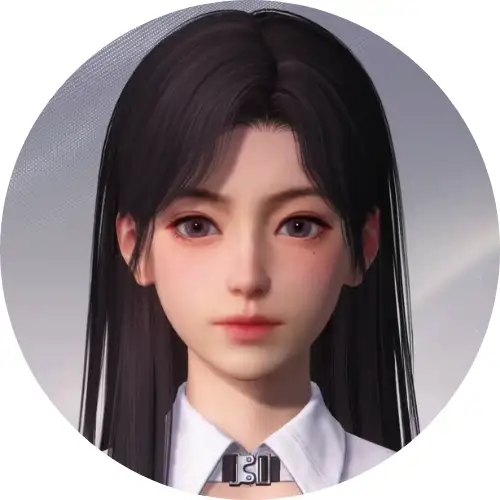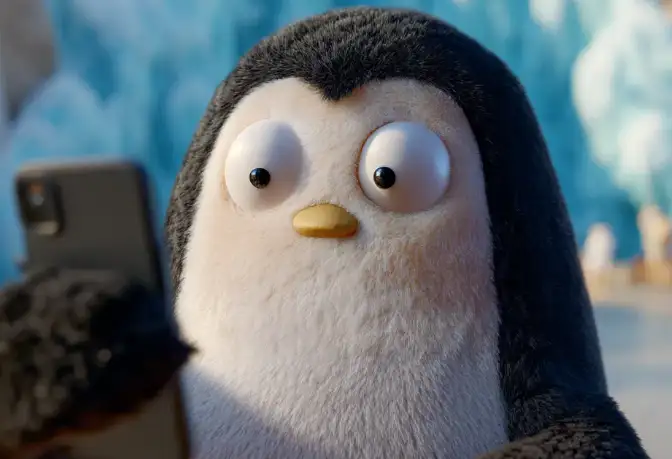How to Create a Viral AI-Generated Short Film

Nancy Cooper · 6, Aug 2025
AI-generated videos have flooded social media feeds. Yet, most of them still feel like isolated experiments—lacking the cohesion and storytelling that make content truly shareable. This guide walks you through a practical, hands-on workflow to produce a 30-second AI-powered short film by combining prompt engineering, visual consistency techniques, and a creator’s mindset. It’s a process that doesn’t just showcase AI capabilities—it tells a story.
Start with a Concept: Story First, Tools Second
While AI models today can generate images and videos with impressive quality, they don’t replace the need for a strong narrative foundation. Before touching any tools, define your concept. Who is your character? What’s the story arc?
For my recent experiment, I chose a cartoonish penguin character—quirky, expressive, and already beloved in my meme collection. Instead of scripting a complex plot, I framed it as a Minimum Viable Product (MVP) of storytelling: a simple scene where this penguin is live-streaming from a zoo.
The creative method I use is called “association expansion.”
- Core Element: Penguin
- Setting Contrast: Zoo backdrop, but swap icy habitats with jungle themes
- Hypothetical Hook: What if this penguin became a vlogger?
This approach keeps the project manageable, yet still fresh and engaging.
Visual Blueprint: From Ideas to Frames
Once the concept is locked, it's time to visualize key moments. Instead of manually storyboarding, I used Midjourney to create scene visuals with a focus on character consistency.
Prompt example:
“A cute penguin with a tired expression is holding a selfie stream, one arm stretched out, wide-angle lens effect, zoo setting with iceberg and artificial snow hill in the background.”
To maintain visual coherence across frames, I leveraged OmniReference, uploading my initial penguin render as a reference image. This ensures that every frame, regardless of pose or environment, reflects the same character identity—a critical factor in making short-form AI content feel intentional, not random.
Animating the Scenes: Breaking Down the Clips
Rather than relying on end-to-end AI video generation—which often falls short in scene control—I approached animation in fragments.
Using Google Veo 3, I crafted short, 4-10 second video snippets based on previously generated images. The idea is to treat each snippet like a puzzle piece in your overall video narrative.
For instance, a prompt like:
“A penguin walks forward in a zoo while live-streaming, holding a phone, with subtle handheld camera shake.”
This frame-by-frame approach allowed precise control over pacing, motion, and tone. Once all snippets were generated, I stitched them together in a familiar editing workflow.
Editing & Assembly: The Traditional Flow Meets AI Assets
At this stage, it’s business as usual. I imported the clips into CapCut for trimming, sequencing, and adding subtitles. Voiceovers were generated using AI voice models, and background sounds were sourced from open libraries. While tools like GlobalGPT offer access to advanced AI models for content generation, the assembly process still benefits from manual touch for timing and emotional beats.
The key takeaway here is that AI accelerates asset creation but doesn’t fully automate the storytelling process. You, as a creator, remain in charge of narrative flow.

Challenges and Creative Insights
One challenge you’ll encounter is balancing AI’s generative flexibility with your storyline’s need for visual and contextual consistency. Character design, scene transitions, and dialogue coherence require you to be vigilant in prompt crafting and asset curation.
For future iterations, I’m planning episodes featuring “The Penguin’s Great Zoo Escape” and “Working Overtime as a Zookeeper,” which will demand even tighter integration between AI outputs and narrative structures.
Can This Be a Side Hustle?
Absolutely. With AI cutting down the time to create high-quality visual assets, short-form storytelling could evolve into a niche side project—or even a monetizable micro-studio for those who can balance speed with creativity.
While the workflow involves multiple tools, platforms like GlobalGPT simplify access to top-tier models like Claude, Midjourney, and Veo, consolidating your creative toolkit in one place.
Final Thoughts
Creating AI-driven short films isn’t about automating art; it’s about enhancing creative output. By treating AI as your co-creator rather than a content machine, you’ll craft stories that resonate. Start with a clear idea, leverage prompts strategically, and you’ll find yourself producing share-worthy videos that blur the line between tech and storytelling.
Want to try this workflow yourself? Explore top AI models seamlessly at GlobalGPT.
